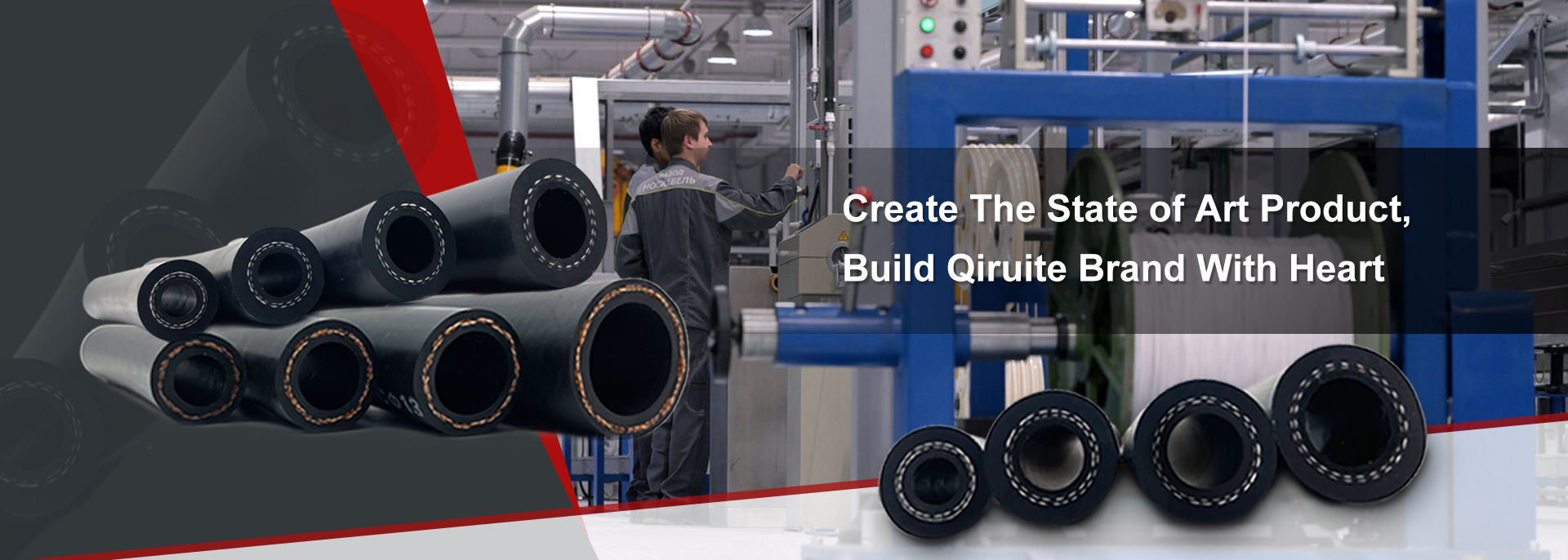down pipe connectors
Understanding Down Pipe Connectors A Vital Component for Efficient Drainage Systems
In modern construction and plumbing, down pipe connectors play an essential role in ensuring efficient water drainage from rooftops to ground-level drainage systems. These connectors are not just functional elements; they are pivotal in preventing water damage, safeguarding structural integrity, and maintaining environmental hygiene. This article delves into the significance of down pipe connectors, their types, materials, and installation considerations.
What are Down Pipe Connectors?
Down pipe connectors are fittings designed to link vertical downpipes—also known as rainwater pipes—with horizontal drainage systems or other vertical pipes. Their primary function is to facilitate the smooth flow of rainwater collected from rooftops into the drainage system, minimizing splashing and reducing the risk of overflow.
Types of Down Pipe Connectors
There are various types of down pipe connectors, each suited for specific applications and drainage systems. Common types include
1. Straight Connectors These are used to connect two straight sections of downpipes, allowing for a vertical drop to the drainage system. 2. Elbow Connectors These are designed to change the direction of the downpipe, typically at a 45° or 90° angle, to navigate around obstacles or direct the flow towards the drainage outlet.
3. T-Pieces These connectors help branch off from the main downpipe, allowing for additional drainage options or connections to other pipes.
4. Bends Used to create smoother transitions in piping without sharp angles, reducing potential blockages.
Materials
down pipe connectors

Down pipe connectors are available in various materials, each with its own set of advantages
- PVC (Polyvinyl Chloride) Lightweight, corrosion-resistant, and easy to install, PVC connectors are a popular choice for residential applications. - Aluminum Known for its durability and resistance to rust, aluminum connectors are often used in commercial settings where longevity is crucial.
- Cast Iron While heavier and more costly, cast iron connectors provide excellent strength and longevity, making them suitable for industrial applications.
Installation Considerations
Proper installation of down pipe connectors is crucial for optimal performance. Here are some installation tips
- Correct Sizing Ensure that the connector size matches the diameter of the downpipes to prevent leaks and ensure efficient water flow.
- Sealants Utilize appropriate sealants or adhesives to secure the connections and prevent water ingress, which could lead to structural damage.
- Angle and Fall Ensure the downpipes are installed at the correct angle to facilitate gravity drainage. A slight fall toward the drainage outlet is essential to avoid stagnation of water.
Conclusion
In summary, down pipe connectors are a vital component in any effective drainage system, playing a crucial role in safeguarding buildings from water-related damages. By understanding their types, materials, and installation methods, builders and homeowners can ensure that their drainage systems operate efficiently, providing peace of mind and long-lasting protection for their properties. Investing in quality down pipe connectors is not merely a choice; it is a necessity for maintaining the integrity of infrastructure in our urban environments.
-
Ultimate Spiral Protection for Hoses & CablesNewsJun.26,2025
-
The Ultimate Quick-Connect Solutions for Every NeedNewsJun.26,2025
-
SAE J1401 Brake Hose: Reliable Choice for Safe BrakingNewsJun.26,2025
-
Reliable J2064 A/C Hoses for Real-World Cooling NeedsNewsJun.26,2025
-
Heavy-Duty Sewer Jetting Hoses Built to LastNewsJun.26,2025
-
Fix Power Steering Tube Leaks Fast – Durable & Affordable SolutionNewsJun.26,2025

